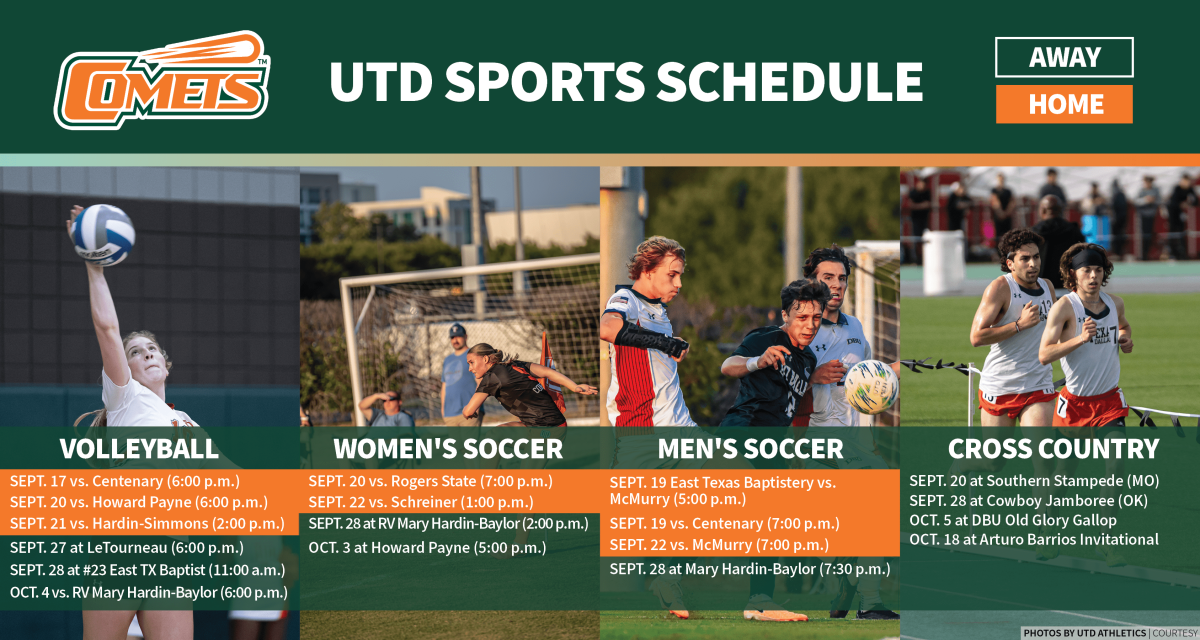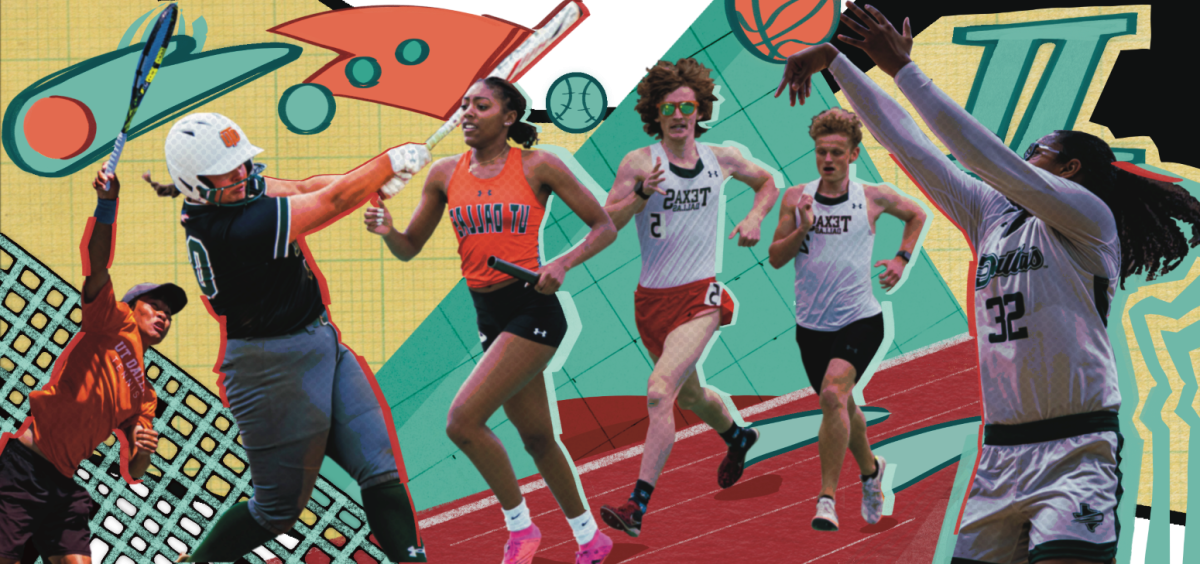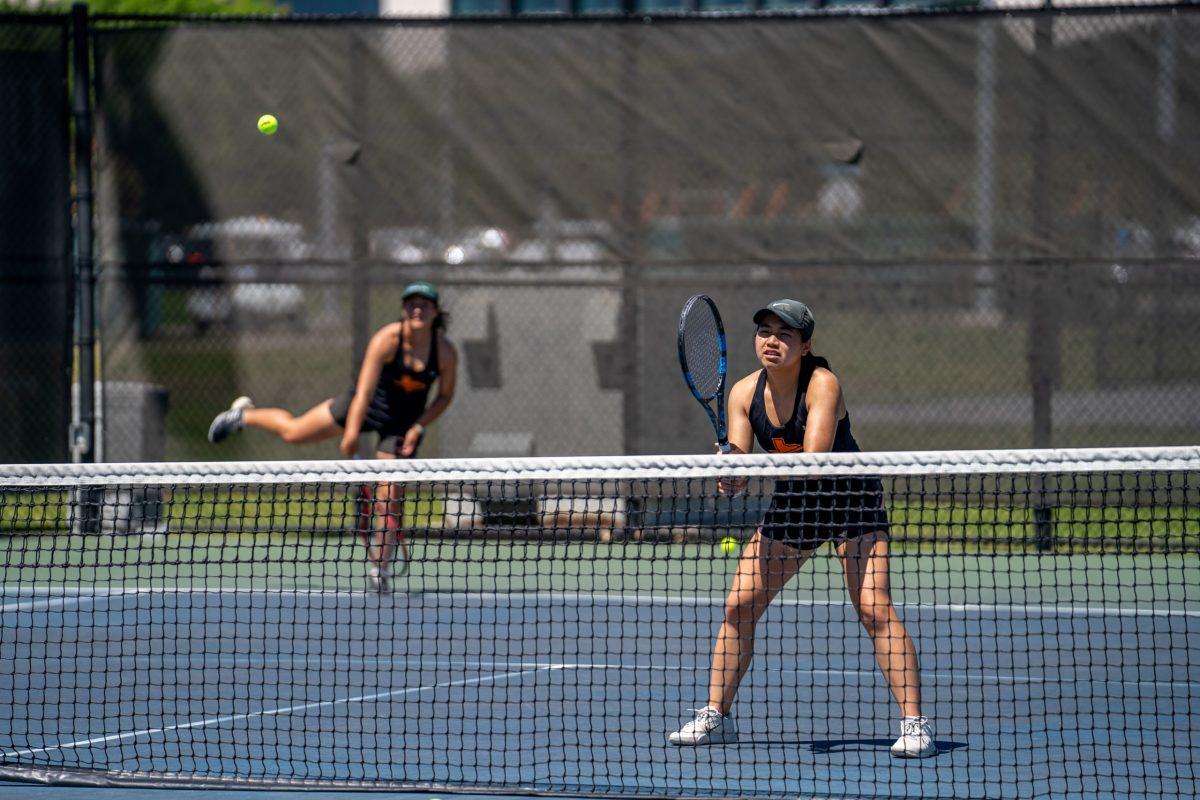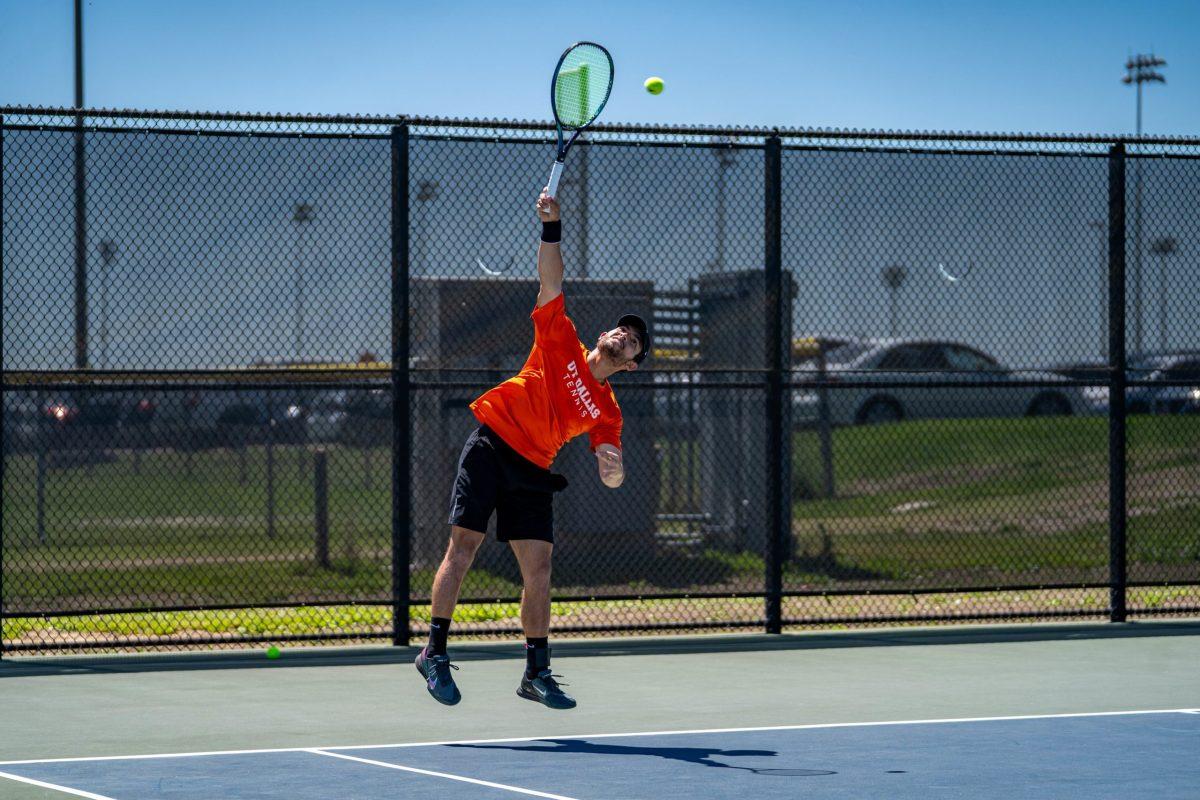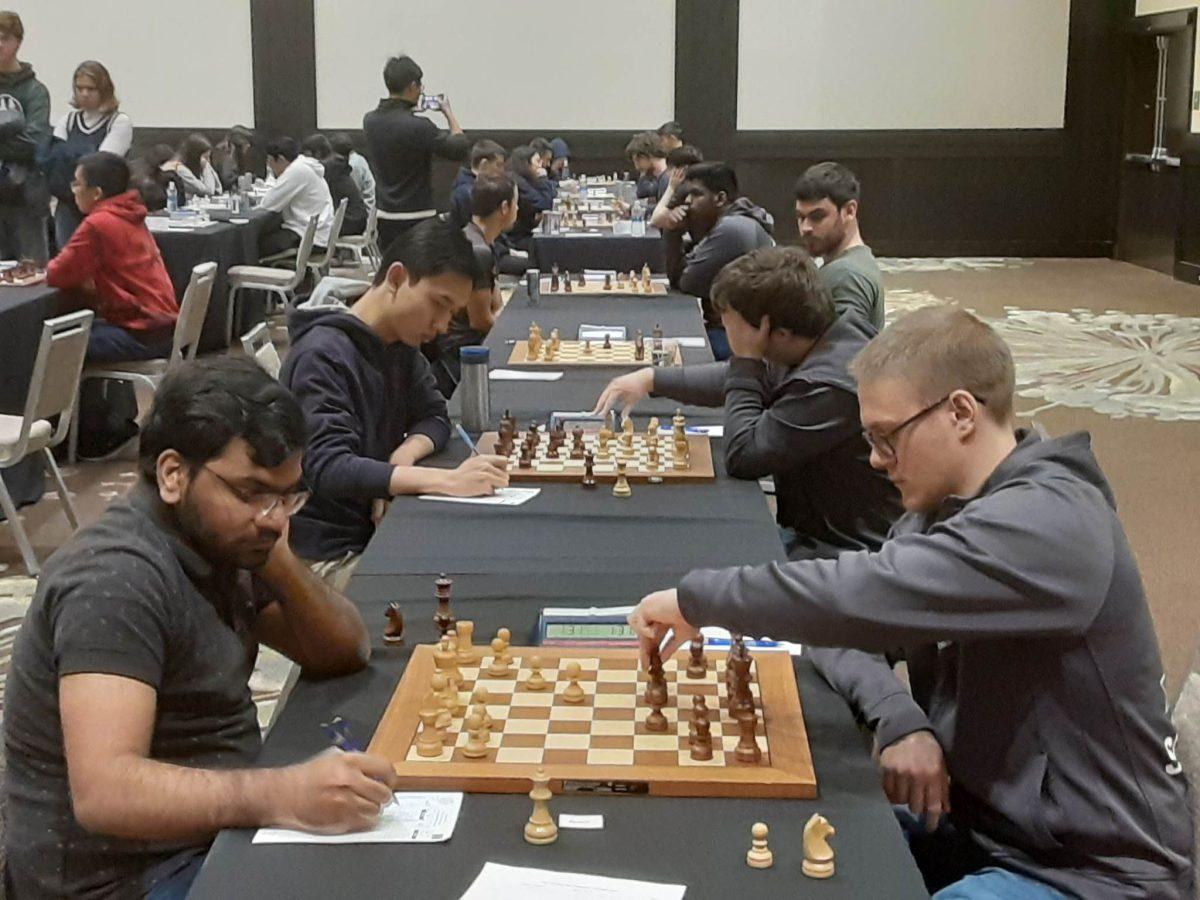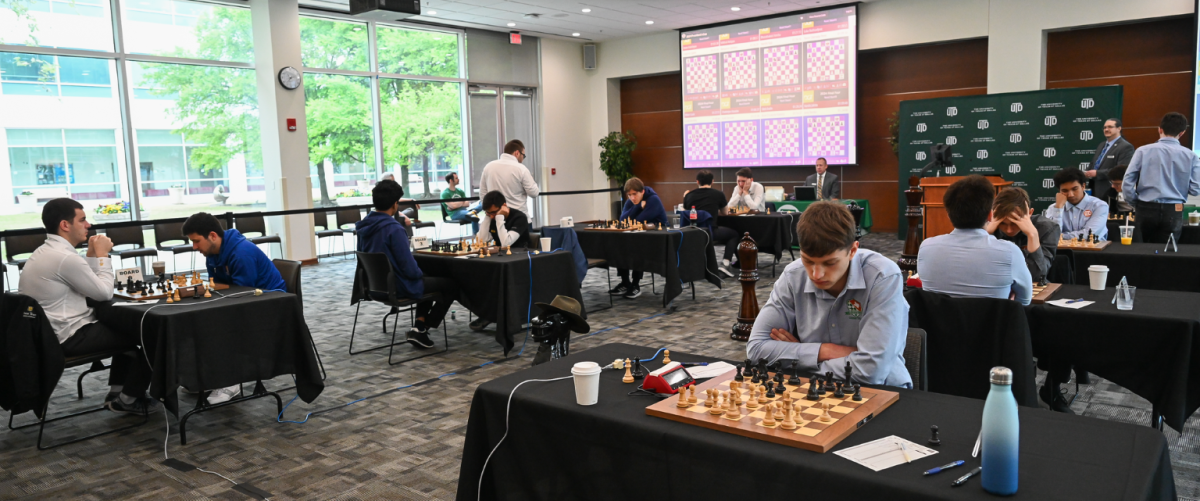UTD athletics have come a long way from the days of being a doormat for Division III– a change reflected in the university’s commitment to improving athletic facilities on campus.
By the end of the year, UTD will have spent $500,000 on improving the baseball, softball and soccer fields, as well as adding a new conference room to the Activity Center. All of these changes are partly because of the widespread success of the sports teams. Last year alone, the basketball, soccer, volleyball tennis and baseball teams all qualified for postseason play.
While the success of UTD’s teams is nothing new, it’s the mixture of winning and a larger and younger student population than ever before that has created a more exciting environment for fans. Last year, for example, the men’s basketball team brought in the biggest crowd in school history for an athletic event with its first-round, NCAA-tournament win against Chapman.
This event showed the need for better facilities for student athletes, particularly the new conference room, which will be up by Nov. 1, according to Athletic Director Bill Pettit.
“That was something that we had looked at for several years,” Pettit said. “It’s been in the discussion phase, but then I think the president really saw the need after the basketball tournament last year, and he really stepped forward and came up with the funds to help us get that thing put up.”
While the administration stepping up to help fund the new room may seem like no big deal to the casual observer, it’s a far cry from the borderline apathy the school showed toward athletics in its early years.
When the program began in the late ’70s, there was no recruitment of athletes and almost no student interest. Mary Walters, who was the school’s first athletic director, said growth in the beginning of UTD athletics was much slower and harder to come by.
“Stuff has changed. It’s grown in the sense that it’s become more incorporated in university life,” Walters said. “I think it’s become more accepted amongst not only students, but faculty as well. It was a very interesting sort of separate entities back then.”
Even after the school joined the NCAA in the ’90s, Walters said there were very few faculty members who were willing to work with athletics to get simple things such as exemptions for students who had to travel for games and tournaments. According to Walters, many faculty members at the time only saw the school as a purely academic institution and didn’t welcome the growth of athletics. She said they associated sports with corruption and letting in unqualified students just so they could play.
She also said there was very little interest generated by the sports on campus, causing attendance to be very low at games. Most of the fans in the stands were actually personal friends and family members of the athletes.
That is no longer the case, and it shouldn’t be. Sports is one area where the growth of a university can be measured visually. Looking at the rising number of people going to games and the growth in facilities because of it, it’s fair to say sports on campus have become a bigger deal than ever before.
More than that, it’s showing our teams are having a great amount of success. No matter how loyal fans are, attendance doesn’t grow when teams are losing. Lately, losing hasn’t been in the Comets’ track record.
Unfortunately, those old fears of sports being full of students not interesting in studying tend to still linger. While there are undoubtedly some athletes who take advantage of their status and do little to no work, athletes here tend to consistently have high GPA’s, with student athletes at UTD required to maintain at least a 3.25.
People who object to the growth of athletics often fear UTD will become just another school that cares too much and pays too much for sports. According to a report by the American Association of College Professors, Division II and III schools without football programs saw per-athlete spending double between 2004 and 2012.
That can be scary for a school that is used to only focusing on academics.
Contrary to popular belief, though, there are schools that have been able to maintain a balance between academic and athletic success. Institutions such as Duke, Notre Dame and Stanford, who Pettit said he aims to be like, all hold their athletes to high standards on and off the fields and courts. There’s no reason UTD can’t be the Stanford of Division III.
As more students enroll, sports will be necessary to foster a sense of growth. There’s nothing quite like being in a room full of people wearing the same colored shirt, screaming at the top of their lungs for the home team. Whether or not the school ever moves to Divison I or forms a football team, sports will continue to be important for UTD.
That inevitably means money will have to be spent to support the ever-growing program. As long as the balance between academics and athletics is kept intact, there is a monetary obligation that should be welcomed, not feared.






